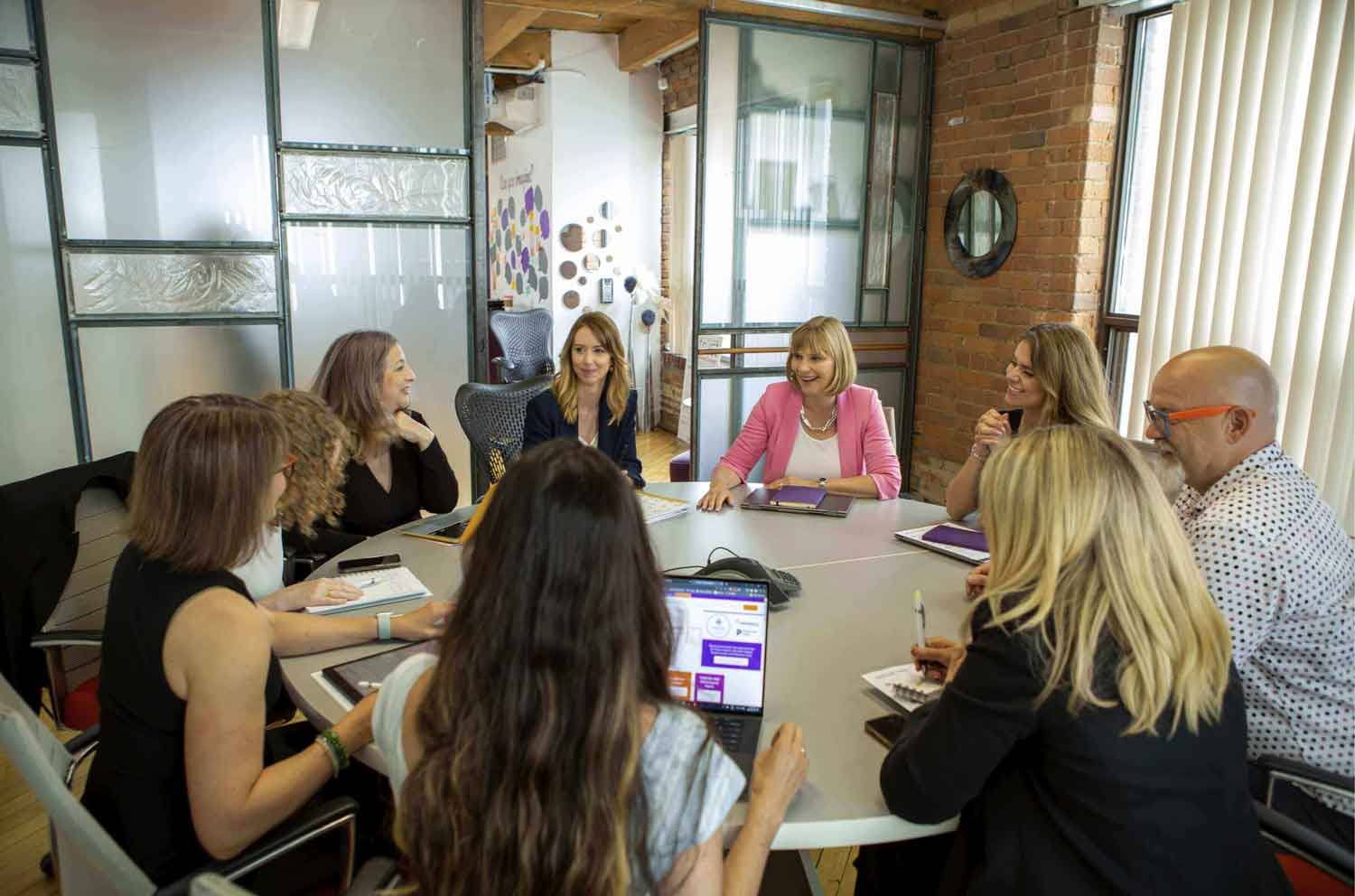Earlier this month, we celebrated International Women’s Day, and the theme this year was #BreaktheBias. In 2022, if we are still trying to smash stereotypes and break inequity, we’re still far from a tipping point. On the bright side, more and more forward-thinking organizations are investing strongly in diversity, equity and inclusion (DEI) programs. In theory, it sounds great. But as the great Yogi Berra said, “In theory there is no difference between theory and practice — in practice there is.”
We know that diversity in leadership drives business results. According to The Pipeline, an organization promoting diversity and inclusion, “FTSE companies with no women at the board level are 10 times less profitable.” And yet, in 2021 (2021, people!), only 8.2% of the Fortune 500 list’s chief executives are women. (With that stat, it’s little wonder why women are underrepresented on boards.)
Deloitte’s latest Women @ Work report also includes a few more dismal stats. It says that women of colour were more likely to report experiencing comments about their communication style and having their judgment questioned, while LGBT+ women were nearly four times more likely to say they have experienced jokes of a sexual nature than non‑LGBT+ women.
It’s not a stretch by any means to say that women’s advancement in the workplace remains profoundly imbalanced. So what can be done? Here are three foundational strategies.
1. Go Beyond Ticking Boxes
Creating a DE&I strategy is a much-needed first step. But to be effective, your programs must move beyond simply establishing mentoring relationships, hosting one-off learning events or creating insular communities in your organization. To go beyond box ticking, organizations need to take the time to really evaluate whether future women leaders have access to the opportunities for exposure and advancement that will help propel them to those top roles. It’s critical to begin amplifying the understanding around unconscious bias and cultivating sponsorship for marginalized groups of leaders.
2. Shatter the Glass Ceiling
While women can quite handily climb the corporate ladder to middle management, that’s the point where women’s careers often plateau — going up the ladder to the executive level female representation drops dramatically. This is where group coaching can be a game-changer by preventing that plateau. Growing a diverse talent pipeline to identify opportunities for advancement and develop women’s leadership abilities is essential to providing the right experience, skills development and exposure.
3. Create Visibility
Because you can’t be what you can’t see, it’s crucial for organizations to create a line of sight between senior leaders and a diverse group of high-potential leaders. This is just one of the areas where group coaching can be such a springboard for DE&I efforts. Group coaching programs, like our Catalyst program, gives senior leaders a chance to see high-potential leaders in action in a group coaching setting. It’s an extremely effective way to forge new, cross-functional networks and help diverse talent rise through the ranks. And it’s through strong sponsorship relationships that your senior leaders can begin to hurdle the inherent biases that they may not even realize they hold.
If you’re curious about how The Roundtable can help your organization develop an inclusive culture where leaders can support each other through coaching and mentoring, let’s start a conversation. And, be sure to download our 2022 L&D Trends Report for more insights into the issues affecting L&D professionals in the year ahead.




